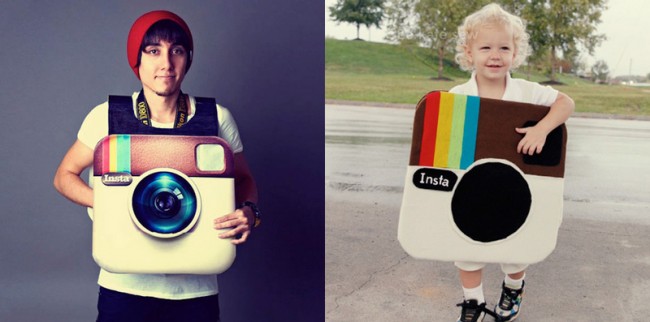Instagram May Add Messaging Features by Year's End

“If you can’t beat ’em, join ’em,” the old saying goes. But what happens when you can’t “join ’em?” Facebook tried to acquire wildly popular photo sharing app Snapchat for $3 billion in cash, but Snapchat rejected that offer, leaving Facebook trailing in the photo uploads department — and reportedly losing teen users in droves — despite having both Facebook and Instagram. It appears the latter service will fire the next shot in the battle for your photos (and the teen demographic).
Sources for tech blog GigaOM report that Instagram may implement messaging features into its apps soon, which would compete with a similar function that exists inside Snapchat. Instagram, of course, grew popular itself on the idea that users who take smartphone photos want to share those photos publicly (and add a bunch of filters and effects in the process). Snapchat serves a different crowd, building a photo sharing app with privacy as its central focus. Photos sent through Snapchat are sent user-to-user and only exist for a short length of time before disappearing.
It seems likely that Instagram would’ve made its way down this path at some point, though I’m sure the popularity of Snapchat accelerated the process. And remember, this wouldn’t be the first time that Instagram added a popular feature from a competitor — the service brought video to its users after Twitter launched Vine, though Vine hung on to become the de facto mobile video app. It’s unclear at this point whether or not Instagram would adapt the same “self-destructing message” approach that Snapchat uses, or if it’ll simply use Facebook-type messaging. That decision could make or break the success of the feature.
For what it’s worth, Snapchat recently dipped a toe into the public photo waters with Snapchat Stories, which are collections that show shared photos and videos from the past 24 hours. So Instagram does have some cause for concern. But Facebook has had Instagram for over a year and still went after Snapchat (through both an acquisition attempt and with its Poke app), and that’s because the demographic Snapchat appeals to (teens) is a bit different from the one Instagram serves (more adults). That’s why I think that, regardless of the features both apps decide to add in the near future, they’re both pigeonholed for the time being.
Unfortunately, that makes Snapchat more valuable, and it puts Instagram in the unenviable position of having to try and compete where it can’t. Either way, Facebook’s “teen problem” isn’t being solved.
We’ll let you know if we hear more about a potential timetable for Instagram’s new messaging features.